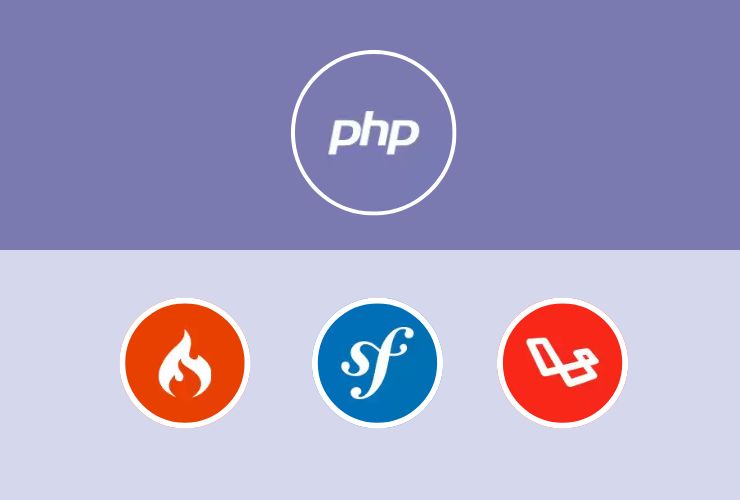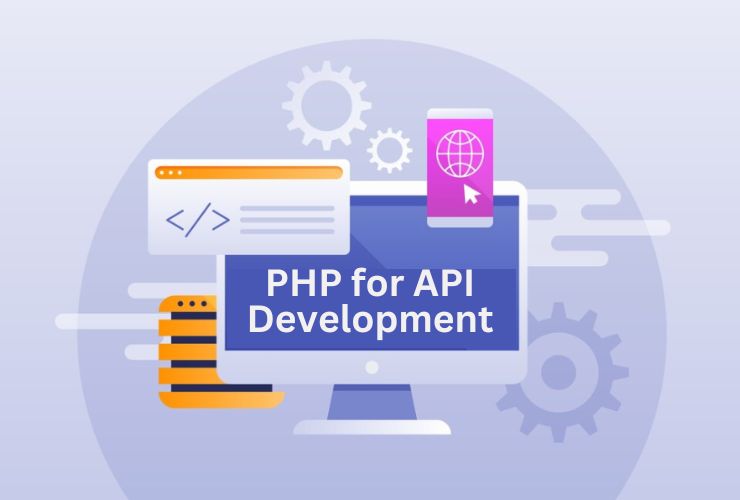Symfony is regarded as one of the most popular PHP frameworks for building scalable, maintainable, and high-performance web applications. Symfony is frequently used by both enterprises and startups because it includes many reusable components, it has a solid MVC architecture, and it includes a lot of community support.
If you’re just starting out, this guide will show you how to install Symfony, set up your first Symfony project, and understand the basic structure of Symfony applications.
Why Should You Use Symfony?
Here are a few advantages to using Symfony:
- Modular Architecture: Only use the components you need!
- Reusability: The most extensive library of built-in components.
- Scalability: Works well for small projects and enterprise applications.
- Community Support: Large ecosystem of bundles and plugins.
- Best Practices: Regardless of experience level, Symfony promotes clean code and standardization.
Management should like Symfony, it’s an excellent option for companies that want reliable, maintainable, and future-proof applications.
Step 1: Install Symfony
Installing Symfony is the first step. You first need a PHP 8.1 or higher installation and Composer, which is a PHP dependency manager. Symfony comes with an installer tool that simplifies the process of creating your projects.
Key steps include:
- Install Symfony CLI globally.
- Verify the installation by running symfony -v.
- Create a new Symfony project using the command:
symfony new my_project_name --full
This sets up a full Symfony project with a pre-configured directory structure, ready for development.
Step 2: Learn About Symfony Project Structure
When you start a new Symfony project, your new Symfony project will contain multiple files and folders that are important to note:
- /config – Configuration files for routing, services, and packages
- /src – Your application code including controllers, entities, and services
- /templates – Your twig templates used to render your views
- /public – Your web root including front controller (index.php) and public assets
- /var – Cache and logs, and temp files
Knowing this structure is important if you want to make an organized and maintainable application.
Step 3: Now create your first Symfony controller
Controllers dispatch incoming requests and handle all responses. So creating a class for a simple controller will allow you to experience Symfony in action.
To create your first controller, do the following:
- Create a PHP class under /src/Controller
- Define a route using Symfony’s annotations or YAML configuration
- Return a response, which could be either plain text or a rendered Twig template.
This example is extremely minimal, but it illustrates how Symfony’s MVC architecture drives its part flawlessly together.
Step 4: Routing and Templates
Symfony uses a flexible routing system to map URLs to controllers. You can define routes in:
- Annotations from controller files
- YAML configuration (similar to lines 1-7 in config/routes.yaml)
- PHP configuration files
You’ve already seen templates when you created a controller (the default templates use twig). Twig is Symfony’s built-in templating engine, and it has some great features, including:
- Clean syntax
- Template inheritance
- Built-in filters and functionality
By combining routing with templates, you can build dynamic and modern applications.
Step 5: Running Your Symfony Application
Now that the controller and routes are set up:
- Start the built-in Symfony server and run symfony server:start
- Open your browser to http://localhost:8000
- You will see your first Symfony page live!
This simple structure is the basis for more complex applications like a REST API, eCommerce store, or even an enterprise portal.
Why Businesses Choose Symfony Development
Symfony is enjoyable not only for beginners but also for enterprises. Businesses turn to Symfony for:
- Custom web application
- eCommerce solutions
- API development
- High-performance applications
When working with a professional, businesses can save development time; assure maintainability and get more rapid ROI.
Professional Symfony Development Services
At Empirical Edge, we provide specialized Symfony development services for businesses of all sizes. Our company works with clients to:
- Build scalable web applications
- Build REST APIs and integrations
- Customize bundles and components in Symfony
- Maintain and optimize existing builds
When partnering with Empirical Edge, you can ensure your Symfony project is secure, scalable and meets your business needs.
Conclusion
Getting started with Symfony is straightforward, thanks to its robust CLI, modular architecture, and active community. By following the steps above—installation, understanding project structure, creating controllers, and routing—you can build your first Symfony application with confidence.
Whether you are a developer learning Symfony or a business exploring enterprise solutions, Symfony provides the tools, flexibility, and scalability you need to succeed in modern web development.












